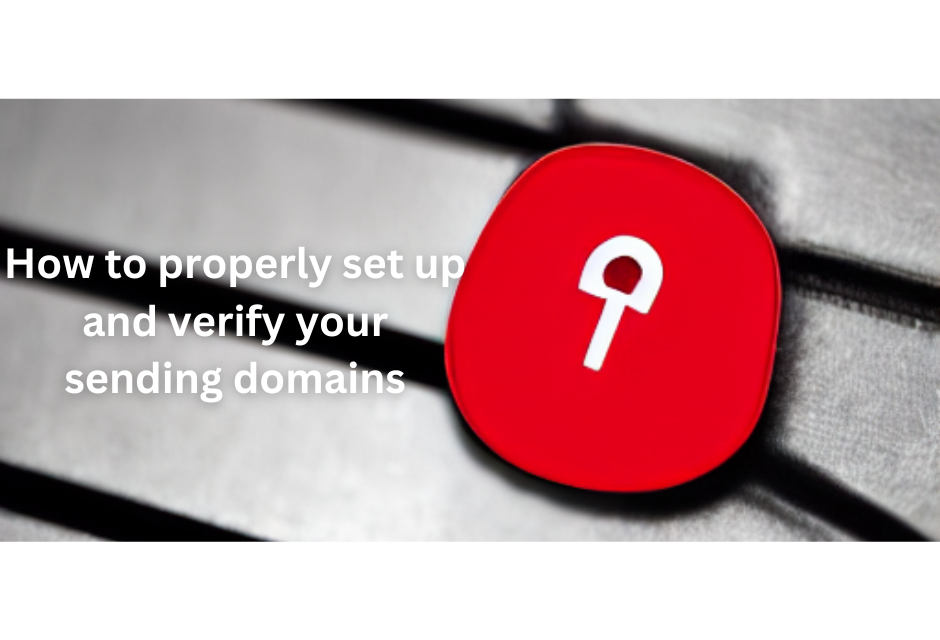Setting up and verifying your sending domains is an essential step in ensuring the deliverability of your emails. A sending domain is the domain that your emails will be sent from, and is used as identify of an email. When you set up a sending domain, you are telling email providers that you have permission to send emails from that domain from a specific server or network.
For all marketing teams.
There are three basic steps involved in setting up a sending domain:
- Choose a domain: This can be your own domain or a subdomain specifically for sending emails. It’s important to choose a domain that is not already being used for any other purpose, as this can cause routing conflicts and lead to deliverability issues.
- Set up DNS records: DNS (Domain Name System) records are a set of instructions that tell email servers where to find your emails. There are several DNS records that you will need to set up, including an SPF (Sender Policy Framework) record and a DKIM (DomainKeys Identified Mail) record. These records help to authenticate your emails and show that they are legitimate.
- Verify your domain: Once you have set up your DNS records, you will need to verify your domain with your email provider. This typically involves adding a TXT record to your DNS settings and then confirming that you own the domain.
For the advanced marketing teams.
In addition to SPF and DKIM, there are two other important protocols to consider when setting up your sending domains: DMARC (Domain-based Message Authentication, Reporting, and Conformance) and BIMI (Brand Indicators for Message Identification).
DMARC is an email authentication protocol that helps protect against email spoofing, which is when attackers send emails that appear to come from a legitimate source but are actually fraudulent. DMARC works by checking the SPF and DKIM records of an email to see if they match the sending domain. If the domains do not match, the email may be marked as spam or rejected altogether depending on the configured policy. By implementing DMARC, you can help protect your brand and improve the deliverability of your emails.
BIMI is a relatively new protocol that allows businesses to display their logos in the email client of participating users. This can help to increase brand recognition and make it easier for recipients to identify legitimate emails. To use BIMI, you will need to have a verified DMARC record and a published VMC (Verified Mark Certificate) record.
In summary
Both DMARC and BIMI are important considerations when setting up your sending domains, as they can help to improve the security and reputation of your emails. By implementing all of these protocols, you can help ensure that your emails are protected from spoofing or phishing attempts. Properly setting up and verifying your sending domains can help build trust with your recipients and improve the overall effectiveness of your email marketing campaigns.



Appreciate the great info. Stumbled across your site for BIMI info. Keep up the great work!